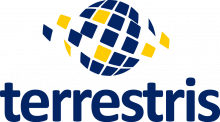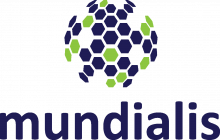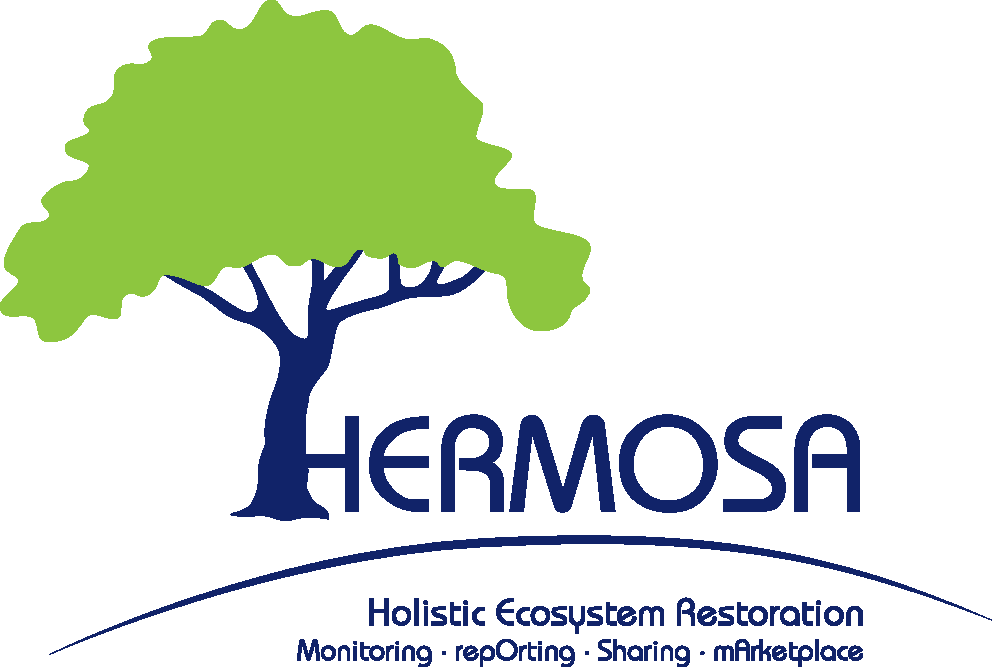
Objectives of the service
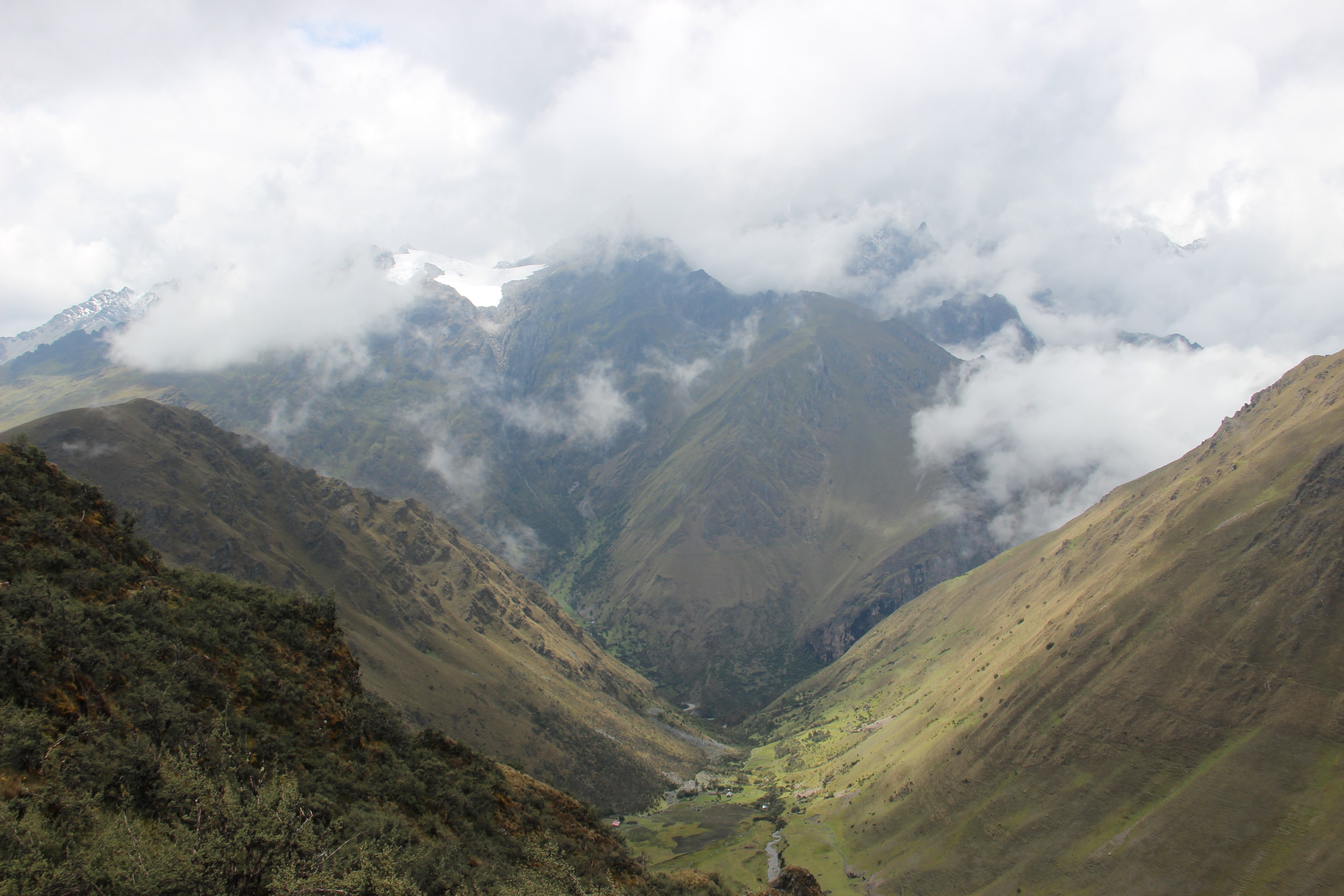
Ecosystem restoration and biodiversity conservation is identified by the international community as one method to reach the Paris agreement and solve part of the issues related to climate change. The restoration and conservation of millions of hectares within the next decade is starting. However a lack of visibility on these planting and conservation actions and numerous related issues such as slow or missing investments, inadequate governance, missing systematic monitoring and local capacity can be identified. Ecosystem restoration and biodiversity conservation is a multi-sector and multi-stakeholder activity that encompasses financiers, planting companies, farmers, indigenous communities, development agencies, certification companies, NGOs, governments and their ministries, universities and other education institutions as well as civil society.
HERMOSA is the first all-in-one platform for identifying, selecting, monitoring and reporting on ecosystem restoration and biodiversity conservation eliminating complexity while being the first comprehensive marketplace for ecosystem restoration and biodiversity conservation activities supporting supply and demand. The platform fosters the collaboration between the various stakeholders involved. It enables small-holder farmers and land owners to eventually access finances made available by investors who are looking for investment-ready projects. The HERMOSA platform gives restoration and conservation activities a boost because of the transparency and flexibility offered by the Free and Open Source Software enabling stakeholders to adopt ownership and strengthen their knowledge.
Users and their needs
The multi-sectorial and multi-stakeholder complex nature of ecosystem restoration and biodiversity conservation action necessitates a platform that addresses the various facets of this endeavour. The HERMOSA platform understands the needs and the requirements of the various stakeholders from a variety of backgrounds involved in ecosystem restoration and biodiversity conservation and proposes the value of using open source geo- and space technologies in a way that hides complexity while providing a viable and sustainable solution. The stakeholders interested in such a service platform: financial institutions, planting organisations, supply-chain managers, farmers, indigenous people, development agencies, certification bodies, NGOs, government-ministries, universities and research organisations as well as civil society.
All stakeholders have certain needs that are addressed by the HERMOSA platform:
- Find the right location and collaborators to implement the project of choice.
- Manage the project implementation. Due to size, complexity and number of stakeholders involved, spatial data management is essential.
- After the project implementation not only the implementers are interested in the progress of the project: Investors, certifiers, the local and global community are also interested to know how the project is evolving.
- Ecosystem restoration and biodiversity conservation is a complex task so learning and sharing best practices is a big asset.
Service/ system concept
HERMOSA is the first 4-in-1 open source service platform to support ecosystem restoration and biodiversity conservation locally and globally. The concept appeals to several customer groups, such as investors and financial institutions who want to invest in reforestation activities, local farmers who offer their land, planting companies who carry out the various projects on-site, governments that are committed to national and international initiatives in the context of mitigating or adapting to climate change and sustainable development as well as numerous other stakeholders. The platform is based on 4 connected modules:
- Identify & Connect (identify restoration projects and actors and connect with other stakeholders in a market place)
- Organize & Implement (using a Geographic Information based system to identify potential areas of restoration, plan restoration processes and manage the implemented restoration activities)
- Monitor & Report (using Earth observation based data products to monitor the progress of the restoration activities and create reports for the organisations & stakeholders involved)
- Learn & Share (a space to share knowledge about ecosystem restoration and biodiversity conservation best practices but also how to sustainably manage their environment with GIS and Remote Sensing methods)
Through these modules the user is empowered by a set of utilities to implement restoration and conservation projects in a low-cost, efficient and transparent way.
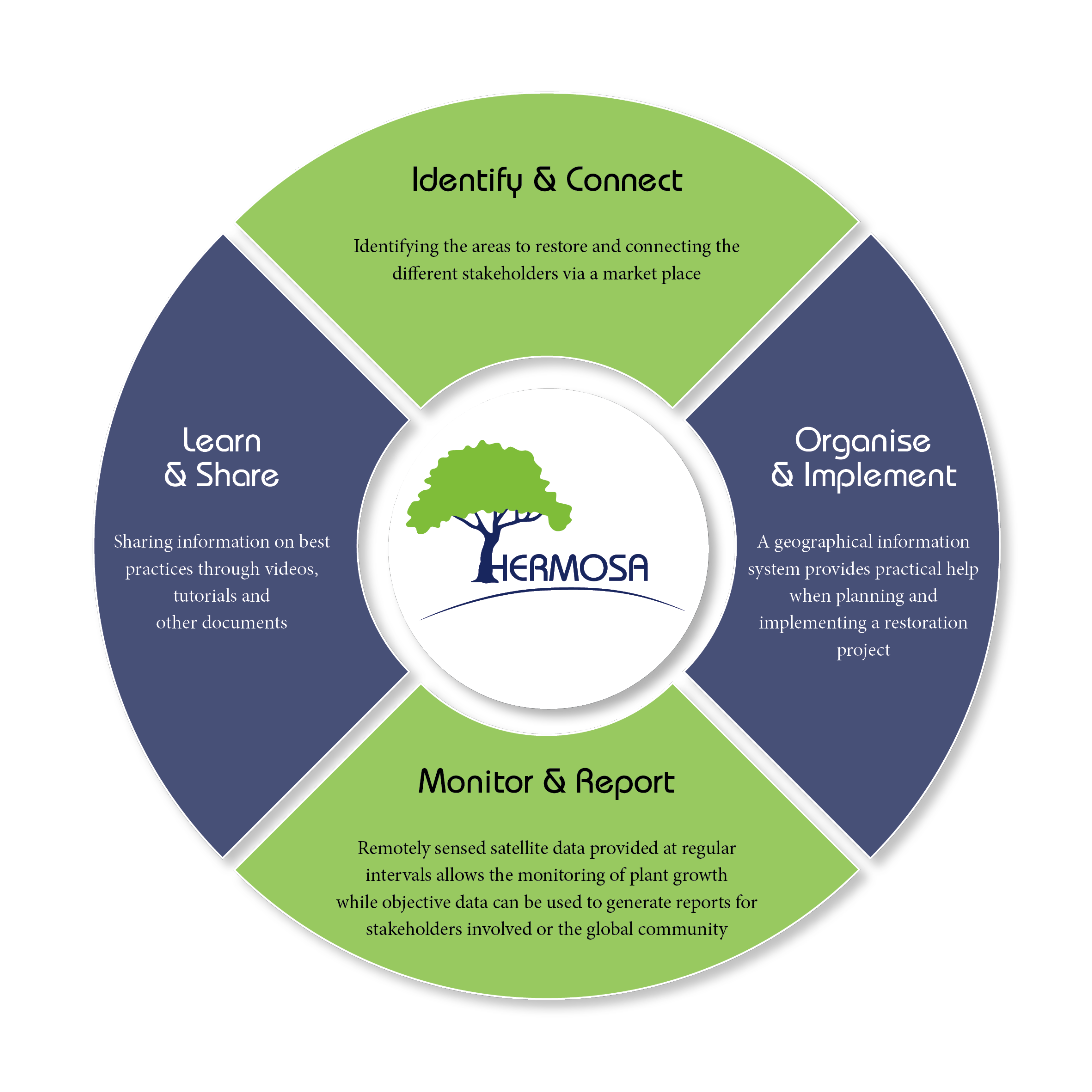
Space Added Value
HERMOSA is using free and open Earth observation data from the Copernicus program including Sentinel-1, Sentinel-2 and other satellite program data such as Landsat, MODIS, ERS and more. The HERMOSA platform also includes access to Very High Resolution (VHR) optical and SAR data in an easy to access and creative manner in case the analyses require a high level of detail when working at a small local level. Some of the possible derived products from EO data are as follows:
- Location of potential areas of restoration
- Forest/Non-Forest maps
- Deforestation maps
- Selective logging activity monitoring
- Forest Degradation monitoring
- Forest gain maps
- Land Use Land Cover status and change maps
- Tree Growth monitoring at parcel level
- Processing chains accessible via the platform providing the user with computing autonomy
- Trainings/capacity strengthening on Remote Sensing based mapping products
Current Status
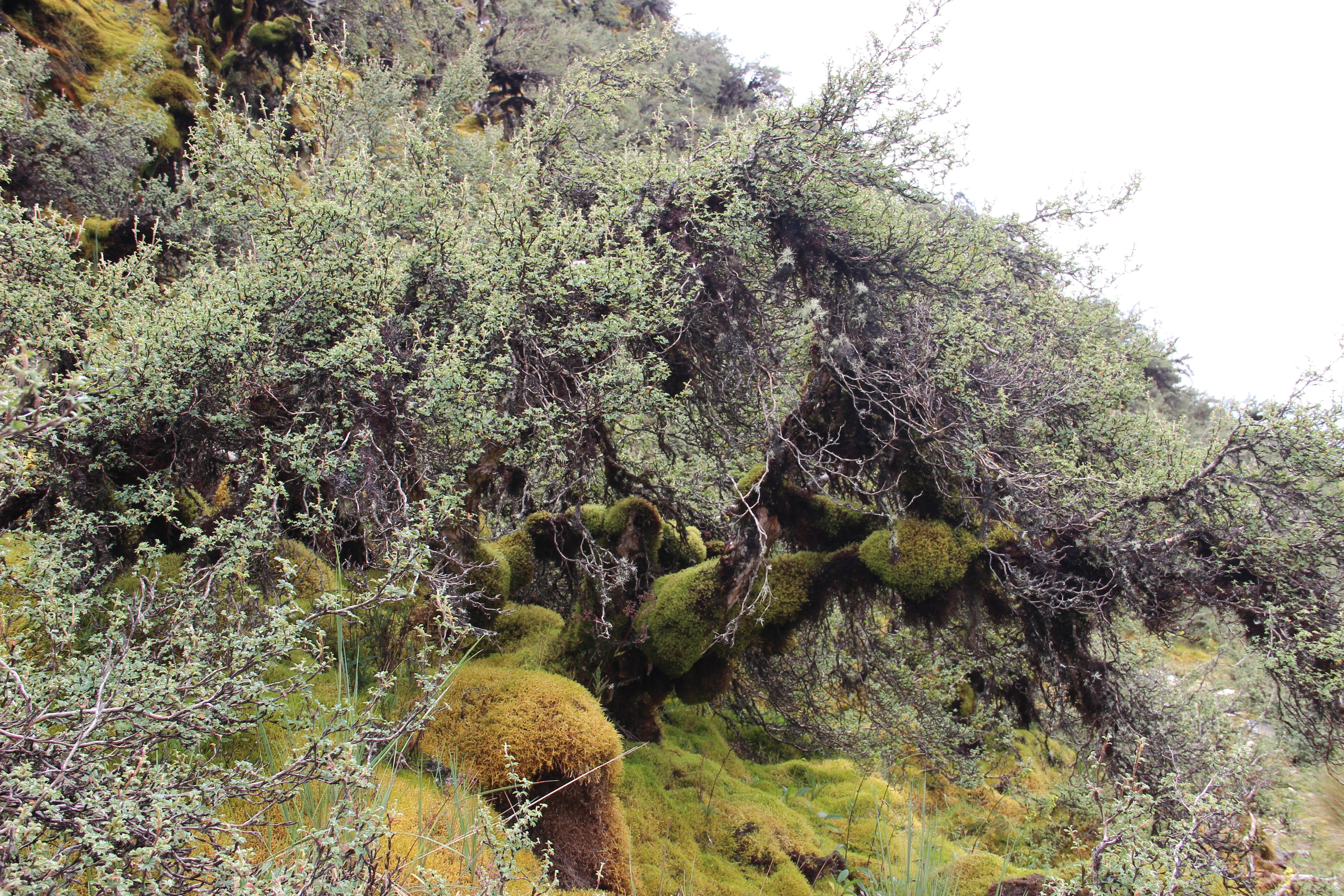
The stakeholder workshops in Indonesia (2019), Uganda (2019) and Peru (2020) helped to consolidate and validate the platform concept. Started in July 2019 the portal located at https://hermosa.earth was developed over an 18 month period with the demonstration phase lasting from February to November 2021. The Final Review was successfully passed at the end of this stage and now the platform supports the processes of ecosystem restoration and biodiversity conservation. In addition HERMOSA is also catering to projects in the context of Land Degradation Neutrality (https://www.unccd.int/actions/achieving-land-degradation-neutrality), and is being used to develop a methodology for biodiversity-related financial risks in portfolio management in the broader context of the Task Force on Nature-related Financial Disclosures (https://tnfd.global/).
The HERMOSA team is happy to receive your requests for collaboration at hermosa [at] mundialis [dot] de
Follow recent updates on Twitter: @hermosa_earth or visit the homepage at https://hermosa.mundialis.de
Prime Contractor(s)
Subcontractor(s)
